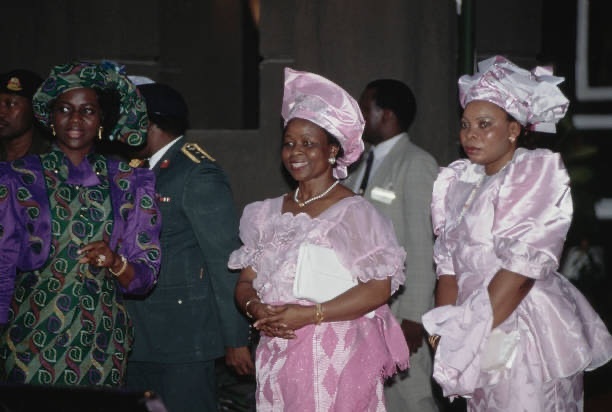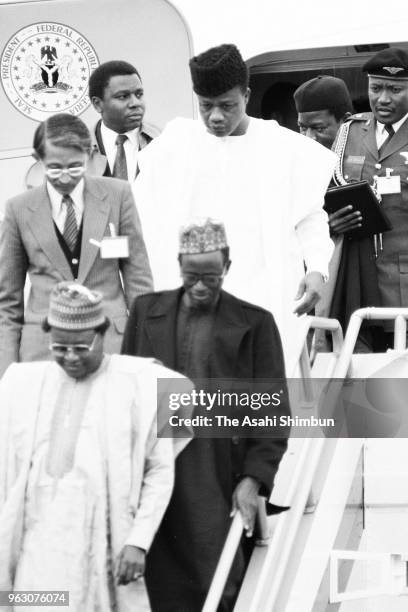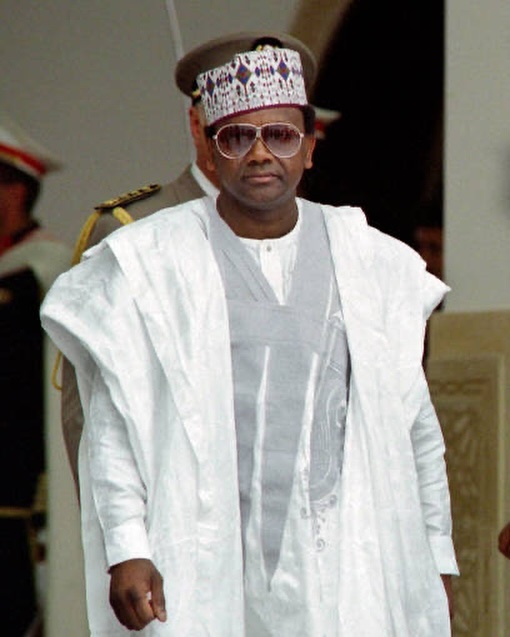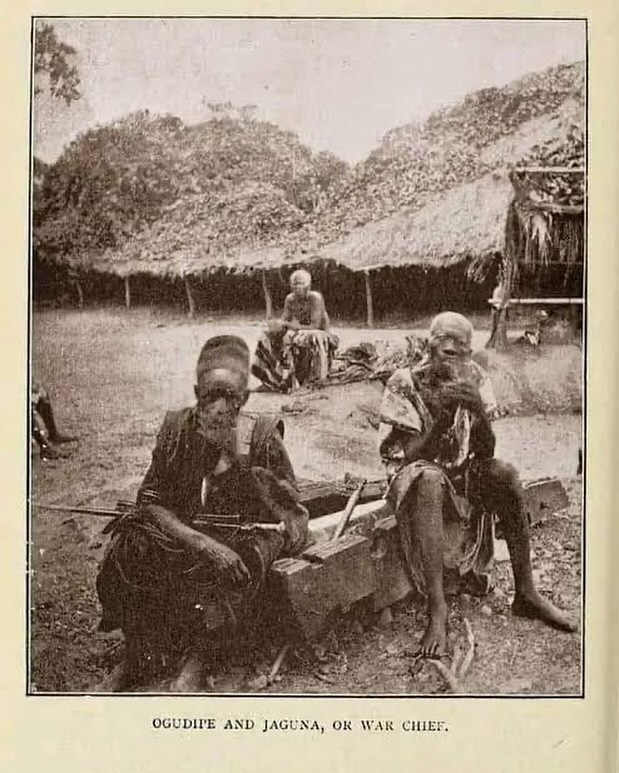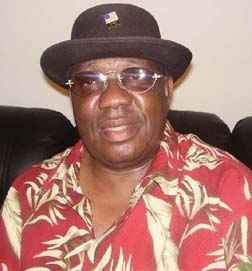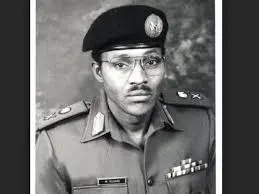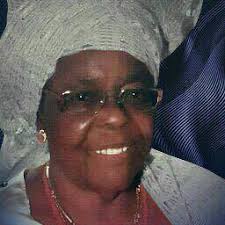In the southwest of Nigeria, between Ilorin and Oyo Town, sits the town of Ogbomoso. Ogunlola, a valiant hunter of Ibariba ancestry, established the town in the middle of the 17th century. According to history, Ogunlola moved to the current location of Ogbomoso around 1650 to further his hunting profession. He and his wife, Esuu, arrived at the location, which was then a deep jungle, and set up camp under an ajagbon tree that is still visible today next to the Soun’s palace. Ogunlola and his spouse eventually constructed a hut close to the tree and made it their permanent home. Soon after they made their home in the bush, Ogunlola observed that smoke was coming from the surrounding areas every day. When he made the decision to investigate, he was shocked to learn that there were four other hunters living in the bush. Aale, a Nupe elephant hunter, was the first to set up camp in what is now Oke-Elerin (Elephant Hill). The second was Onisile, an Otta prince who fled his town due to a title dispute and made his home in what is now known as Ljeru. Orisatolu, the third hunter, set up camp in Isapa, and the final hunter encamped at Akande, which is no longer there. With the assistance of his wife, Esuu, who was exceptionally skilled at producing tobacco snuff and guinea corn wine, which the hunters enjoyed, and his unparalleled hunting abilities, Ogunlola established his supremacy over the four hunters. In order to defend the community from slave raiders, hunt wild animals together, support one another, and other objectives, Ogunlola and the hunters established a society known as Alongo. As more people arrived, the town grew until it was a village. As his hut developed into the administrative hub where significant matters were addressed and a court where disagreements were resolved, Ogunlola progressively rose to become the leader of the new community. According to Ogbomoso’s history, Ogunlola was later imprisoned for an alleged crime in Oyo-lle, the capital of the former Oyo kingdom. Ogunlola learned while incarcerated that Oyo-lle had been terrorized by a warrior named Elemoso. “Ejé kí á ma se óhún” translates as “Let me stay faraway in my land”. ‘Soun’, the traditional monarch of Ogbomoso, got his name from this. (OGUNLOLA SOUN) Ogunlola went back to his community and was given the title of Soun, making him the supreme leader. He became Ogbomoso’s first Soun. Later, the hamlet was dubbed “Eyi ti Ogbori …

